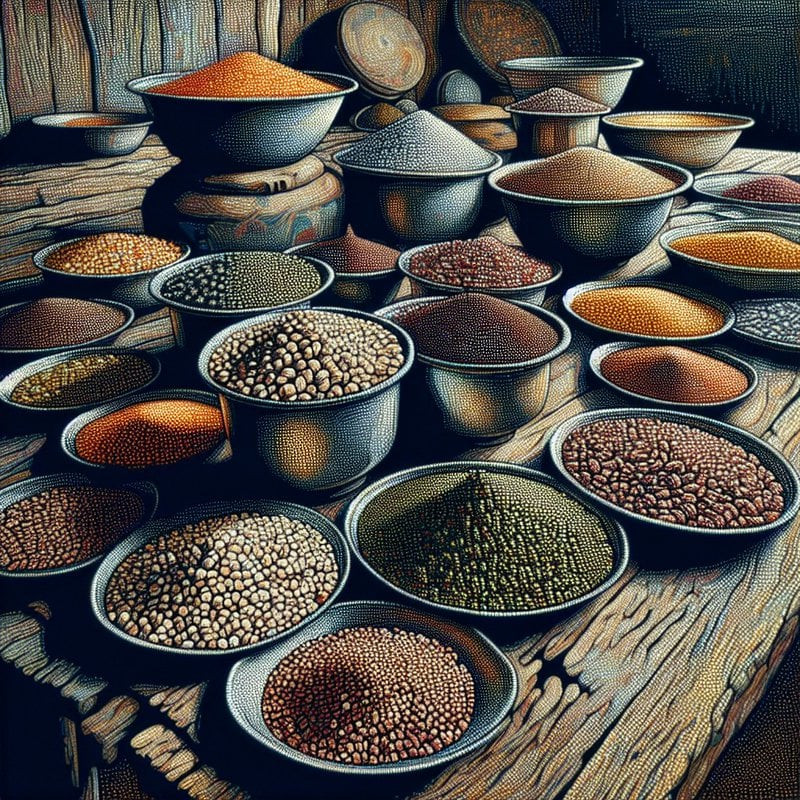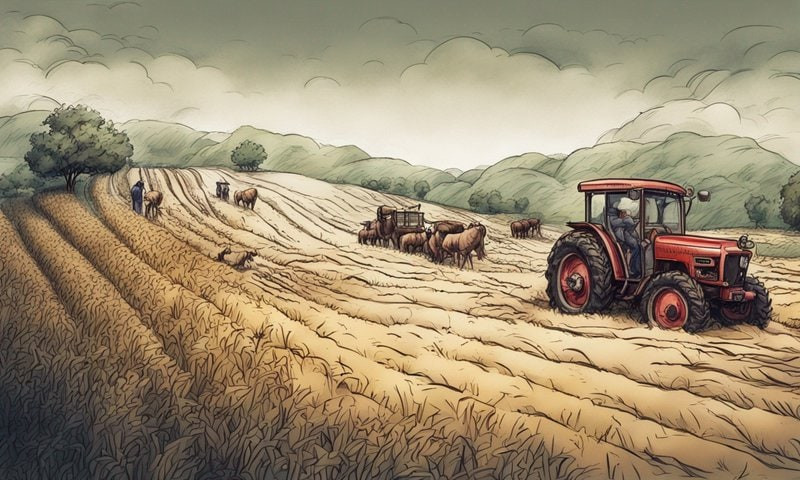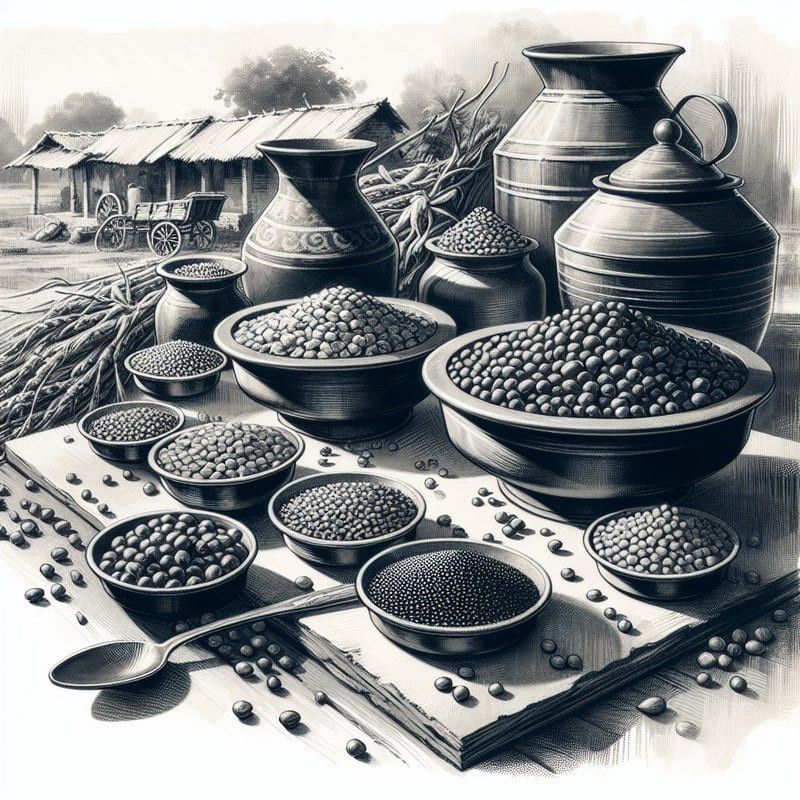Let us understand in this post the significance of celebrating world pulses day. Pulses, also known as legumes, are a vital source of nutrition and play a significant role in sustainable agriculture. Recognizing their importance, the United Nations General Assembly declared February 10th as World Pulses Day. This day aims to raise awareness about the nutritional benefits of pulses and their contribution to sustainable food systems.

The Importance of World Pulses Day
World Pulses Day serves as a platform to highlight the significance of pulses in achieving food security, improving nutrition, promoting sustainable agriculture practices, and addressing global challenges such as climate change and malnutrition. Pulses are rich in protein, fiber, vitamins, and minerals while having low fat content. Including them in our diets can contribute to reducing the risk of chronic diseases such as diabetes, heart disease, and obesity.
February 10th is celebrated at World Pulses Day
Celebrating World Pulses Day
World Pulses Day is celebrated globally through various activities that promote awareness and encourage the consumption of pulses. These activities include seminars, workshops, cooking demonstrations, exhibitions showcasing pulse-based products and recipes, social media campaigns, and more. The aim is to educate people about the nutritional value of pulses and inspire them to incorporate these nutritious ingredients into their daily meals.

Pulses: A Representation of Agricultural Diversity in India
India is known for its rich agricultural diversity, with pulses playing a crucial role in its farming practices. Pulses represent an essential component of Indian cuisine and culture. They are grown across different regions of India due to the country’s diverse agro-climatic conditions.
Major Pulses in India
India is one of the largest producers and consumers of pulses globally. Some major pulses cultivated in India include:
- Chickpeas (Chana): Widely used in various dishes like chana masala and falafel.
- Lentils (Masoor): Commonly used for making dal.
- Pigeon Peas (Arhar or Toor Dal): A staple in many Indian households, used for making sambar and dal.
- Black Gram (Urad Dal): Used to make dishes like dal makhani and idli.
- Green Gram (Moong Dal): Used in various dishes, including soups, curries, and desserts.
Celebrating World Pulses Day in Different Parts of India
In different parts of India, World Pulses Day is celebrated by organizing events that showcase the significance of pulses in regional cuisines. Cooking competitions using pulses as the main ingredient are held to encourage creativity and innovation in pulse-based recipes. Additionally, awareness campaigns are conducted through traditional media channels as well as social media platforms to reach a wider audience.
Global Warming and the Shortage of Pulses
Global warming has had adverse effects on agricultural production worldwide, including the cultivation of pulses. Rising temperatures, unpredictable rainfall patterns, increased pest infestation, and water scarcity have led to a decrease in pulse yields. This shortage has resulted in higher prices and limited availability of pulses in the market.
Countering the Challenge
To counter the challenge posed by global warming on pulse production, several measures can be taken:
- Promoting Climate-Resilient Farming Practices: Educating farmers about climate-smart agricultural practices such as crop rotation, intercropping, and conservation agriculture can help mitigate the impact of climate change on pulse crops.
- Investing in Research and Development: Governments and organizations should invest in research to develop heat-tolerant varieties of pulses that can withstand higher temperatures without compromising yield or quality.
- Improving Water Management: Implementing efficient irrigation techniques such as drip irrigation and rainwater harvesting can help conserve water resources and ensure optimal moisture levels for pulse crops.
- Encouraging Crop Diversification: Promoting crop diversification by integrating pulses into existing cropping systems can enhance the resilience of agricultural ecosystems and reduce the dependence on a single crop.
- Supporting Farmers: Providing financial incentives, access to credit, and insurance schemes to farmers can help them adopt climate-resilient practices and cope with the challenges posed by global warming.
Conclusion: Celebrating World Pulses Day
World Pulses Day serves as a reminder of the importance of pulses in our diets, sustainable agriculture, and addressing global challenges such as malnutrition and climate change. By celebrating this day, we can raise awareness about the nutritional benefits of pulses, promote their consumption, and work towards ensuring their availability for future generations. Let us embrace pulses as a valuable resource that contributes to our health, environment, and cultural heritage.
